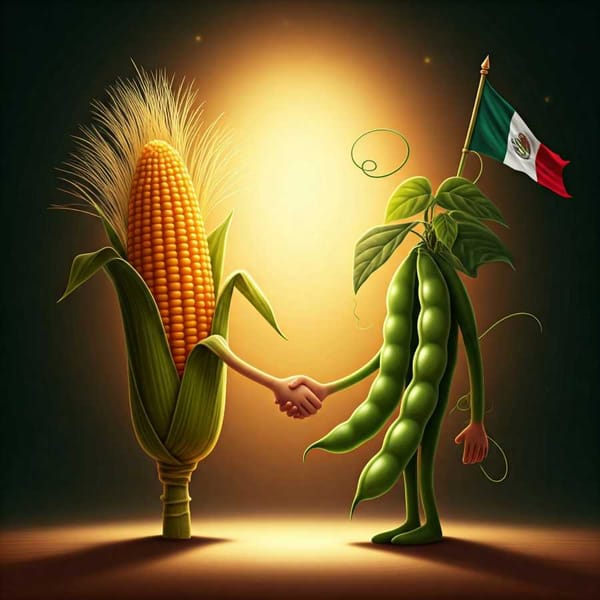Space 4.0 broadens the participation of new actors, such as academia
In UNAM's first mission to the Moon, five micro-robots will be sent for scientific exploration, mining prospecting, or exploitation of natural resources.

Space technologies are changing and changing fast. Miniaturization, new materials, cost reduction, and a new operating philosophy, place us before a true revolution in the sector, known as "Space 4.0", affirmed Gustavo Medina Tanco, a researcher at the Institute of Nuclear Sciences (ICN).
In this context, the UNAM lunar mission called Colmena is a new concept on an international scale, for scientific exploration, prospecting of natural resources, and commercial exploitation of celestial bodies without atmosphere. It is "a series of missions that we are going to carry out over the next few years," he said.
To reach the Moon, recalled the scientist at the ICN Research Colloquium, we used an American company, Astrobotic, which built a lunar landing craft called Peregrine, which provides a private transport service.
The head of ICN's Space Instrumentation Laboratory said that the current space revolution allows actors such as academia, research institutes, young entrepreneurs, and small and medium-sized companies to enter this sector, which was previously reserved only for large players such as NASA.
There are also new types of space use, mostly linked to applications and solutions to everyday problems. It is focused on the so-called low orbits, from 300 to about 1,000 kilometers from Earth, such as weather satellites.
That will expand, at least to the Moon; in the next stage to asteroids close to our planet and, eventually, to Mars and to the Galilean satellites (that is, the four most important and largest satellites of Jupiter).
The inner Solar System, Medina Tanco estimated, will be part of our daily life and that of our children. An example of this is Artemis, a set of projects to reach the Earth's natural satellite, settle there, and conduct science and commercial exploitation; it expands to a series of space agencies and countries that will participate in this effort.
The series of missions aim to generate the launchers to reach the Moon in a sustainable way, including using it to produce important resources; also, to serve as a base to build ships and, from there, to reach Mars, as well as more distant places, more cheaply and efficiently.
"The Gateway" will be a space station around the Moon that in the next decade will have astronauts working and performing operations in orbit and on the lunar surface. Services and facilities are also being developed, such as navigation systems, and the so-called "Luna Net", Internet for use there, is being created.
From our natural satellite, explained Gustavo Medina, science can be done: Physics, Astrophysics, Chemistry, Planetology, studies of the origin of the Solar System and its evolution, Biology or Medicine. In particular, it has a unique potential for the study of physical sciences.
It also has low seismic noise because it lacks plate tectonics, atmosphere, and tides; it has a vacuum that is better than that of any laboratory on Earth, and free cryogenic (low temperature) environments. In addition, "it is far away, but not so far as to be inaccessible; we can get there in three days," said the expert.
In addition to these advantages, the satellite and the asteroids contain valuable resources that exist on our planet, such as rare earths, but which may be scarce in a few decades; in this case, they can become commercially viable. There is also water that, for example, can be dissociated into its components: hydrogen and oxygen; that is, into rocket fuel.
We, he explained, decided on a robotic approach, but instead of large and sophisticated, we created micro-robots, "relatively simple, with some artificial intelligence and a substantial difference: instead of being one, there are many".
In UNAM's first mission to the Moon, we will be sending five, which will be a tool for scientific exploration, mining prospecting, or exploitation of natural resources. The idea is simplicity and several units working together, cooperatively. "It's copying what nature does, social insects like bees or ants, that if they work together they accomplish great things."
By landing on the moon, the small artifacts will have to demonstrate several capabilities, such as working toward a common goal, exchanging information, and coordinating.
Furthermore, the mission will fulfill scientific and engineering objectives related to the properties of the surfaces of rocky bodies that have no atmosphere and are therefore directly exposed to ultraviolet radiation, solar wind, and micrometeorite bombardment. This is the case of most moons and asteroids that, under these conditions, are eroded by impact and form sand called regolith, which will be studied, among other aspects, he concluded.
Source: UNAM




